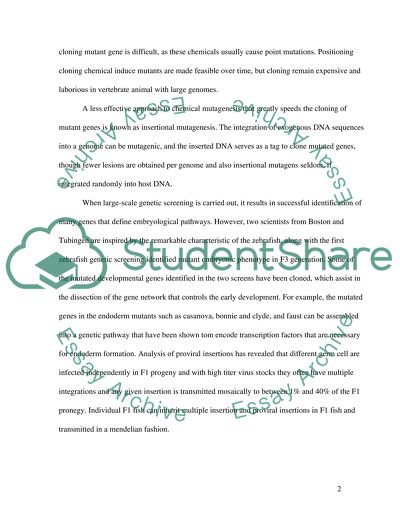Cite this document
(“Recessive Lethal Mutations Essay Example | Topics and Well Written Essays - 1000 words”, n.d.)
Retrieved from https://studentshare.org/biology/1533087-recessive-lethal-mutations
Retrieved from https://studentshare.org/biology/1533087-recessive-lethal-mutations
(Recessive Lethal Mutations Essay Example | Topics and Well Written Essays - 1000 Words)
https://studentshare.org/biology/1533087-recessive-lethal-mutations.
https://studentshare.org/biology/1533087-recessive-lethal-mutations.
“Recessive Lethal Mutations Essay Example | Topics and Well Written Essays - 1000 Words”, n.d. https://studentshare.org/biology/1533087-recessive-lethal-mutations.


